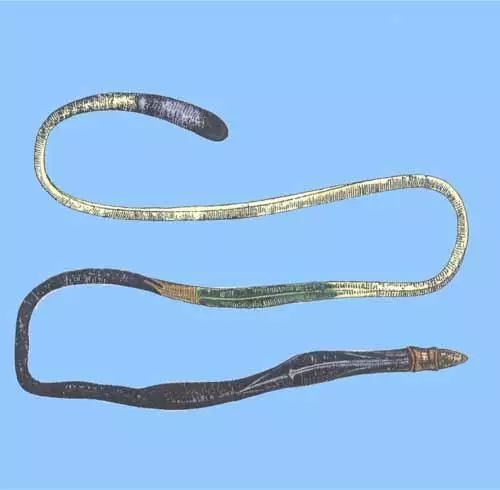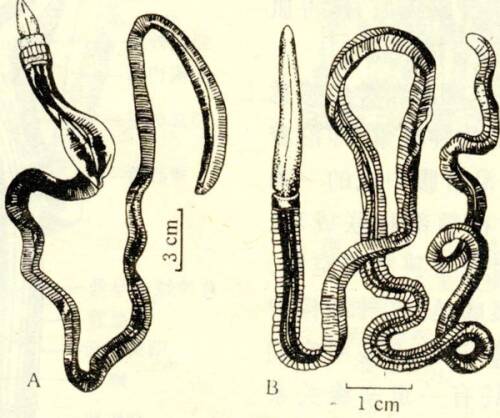Saccoglossus hwangtauensis
IUCN
LCBasic Information
Scientific classification
- name:Saccoglossus hwangtauensis
- Scientific Name:Saccoglossus hwangtauensis,Huangdao long-nosed acorn worm, jade hookworm
- Outline:Nematomorpha
- Family:Acorina Acanthidae Longissima
Vital signs
- length:Approx. 29 mm
- Weight:
- lifetime:
Feature
Light orange body
Distribution and Habitat
Huangdao long-nosed worm is distributed in the intertidal zone near Jiaozhou Bay, Shandong, China.
Appearance
The Huangdao long-nosed worm is worm-like, with a straight trunk and a smooth surface. It is clearly divided into three parts: the snout, the collar, and the trunk. The snout is light orange, with dorsal and ventral shoulders, and is flat and conical. There are deep or shallow longitudinal grooves on the midlines of the back and abdomen. The snout is about 15.6 mm long and 5.6 mm wide. The collar is relatively smooth, with a shallow and wide groove line in the middle and a very clear deep groove in the back. The collar is 2.5-3.4 meters long, and the width is about times the snout length to the collar length.
Details
The snout of the Huangdao long-nosed worm is relatively long, about 1/20 of the total length, hence the name. The snout is oblate and conical, with an obvious or inconspicuous longitudinal groove on each of the central lines of the dorsal and ventral surfaces, extending from the base of the snout to the tip of the snout, dividing the snout into two parts.

The Huangdao long-nosed worm generally burrows in the fine sand and muddy sand beaches in the mid-tide and low-tide areas. The burrow is an amorphous "U" shape. The hole is wide and funnel-shaped, and the depth of the burrow is usually 50-200 cm. Its body wall contains a large amount of iodine, and the smell of iodine can often be smelled in its dense distribution area.

The Huangdao long-nosed worm moves slowly and feeds on organic matter and microorganisms in sand and mud.
Causes of endangerment: habitat loss and environmental pollution.
In 1989, the Huangdao long-nosed insect was listed as a first-class protected animal in China.
Listed in the first level of the "List of National Key Protected Wildlife in China".
